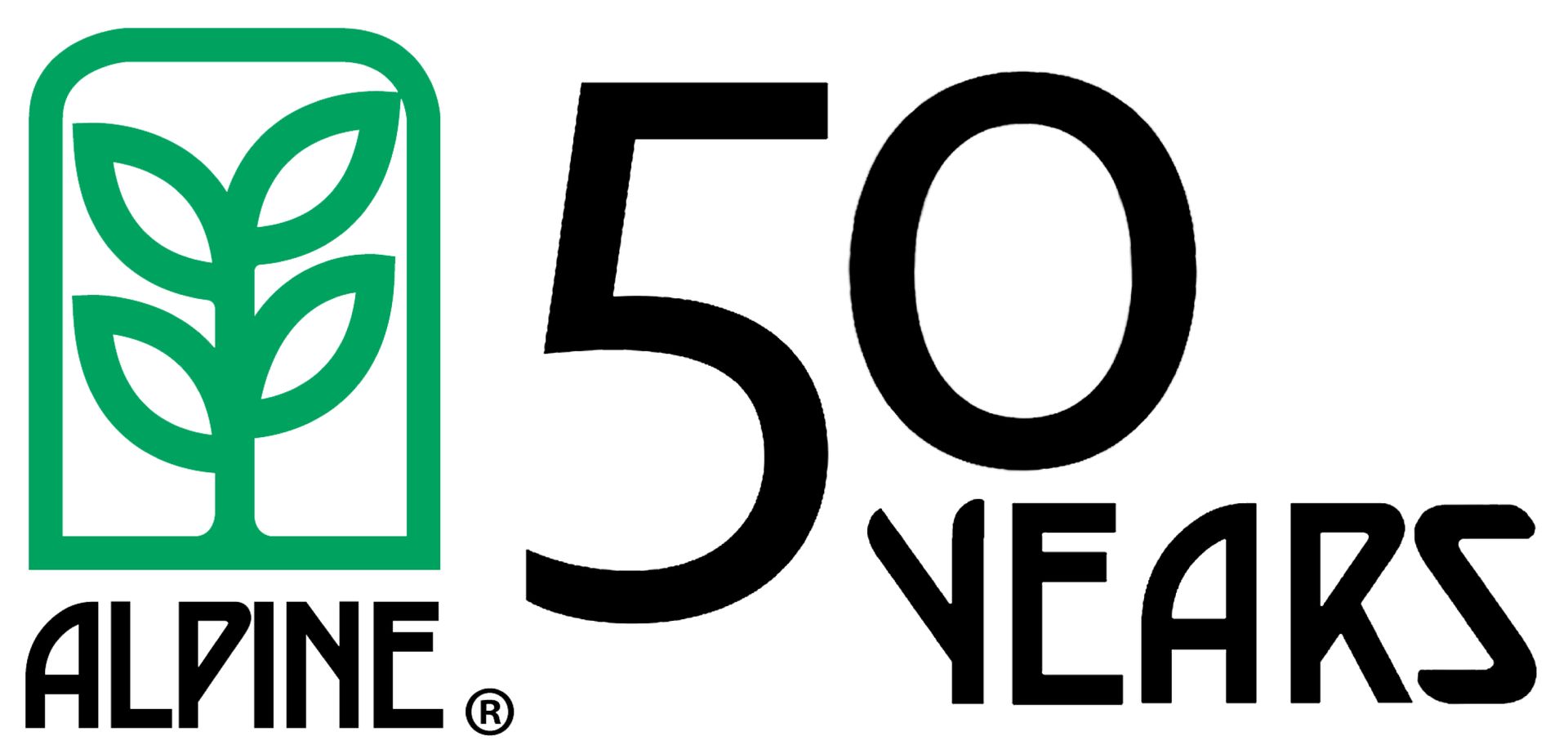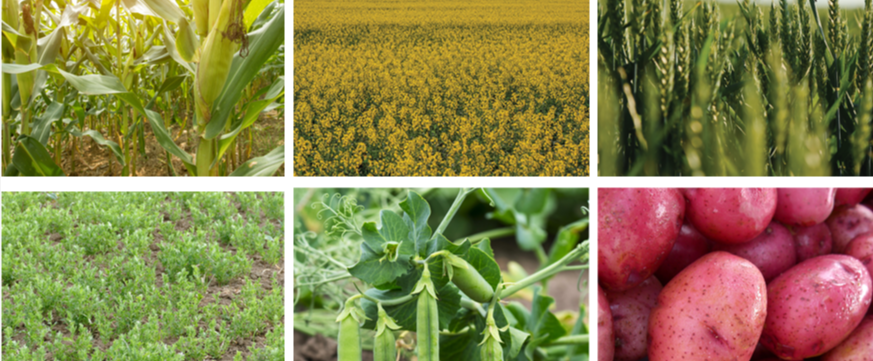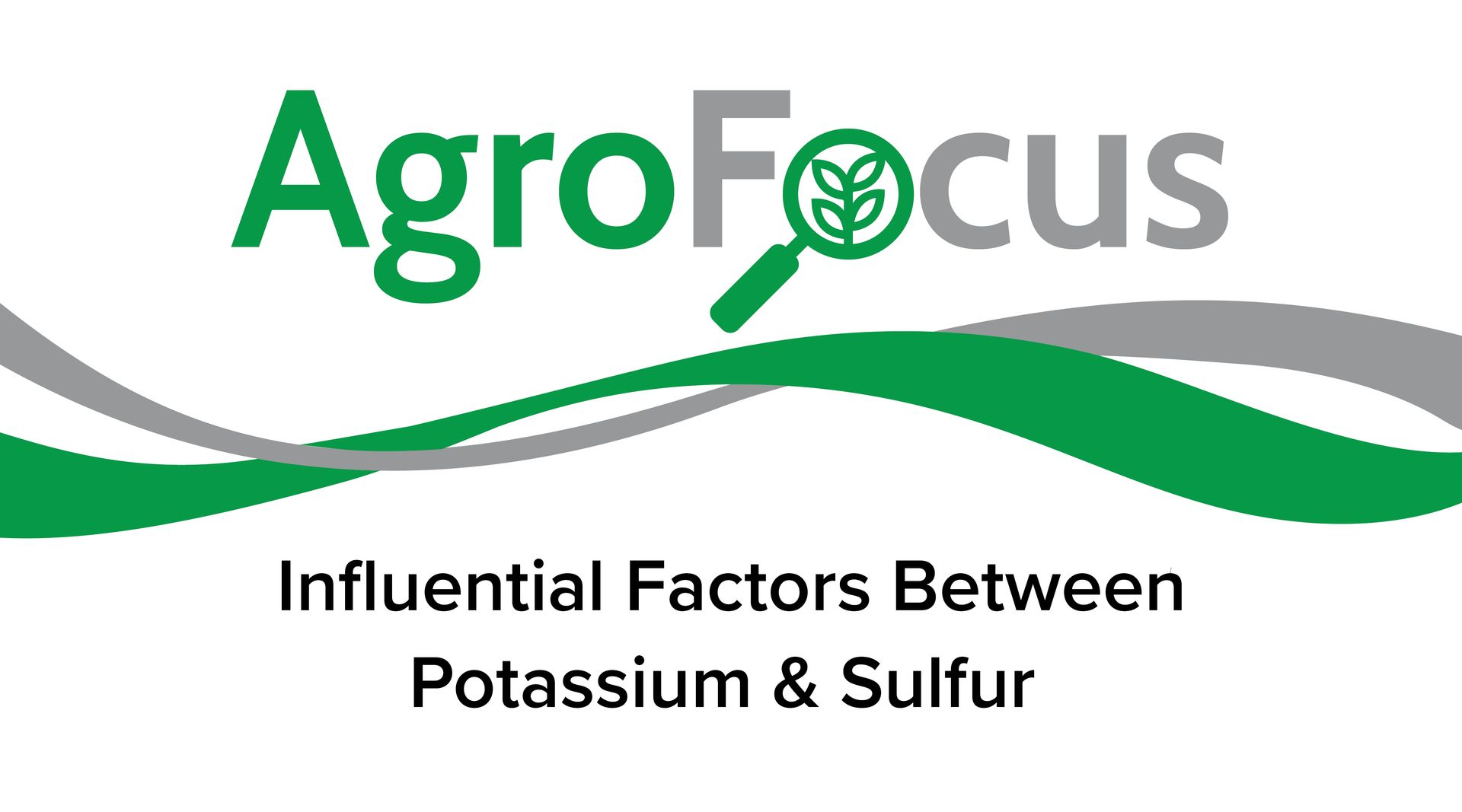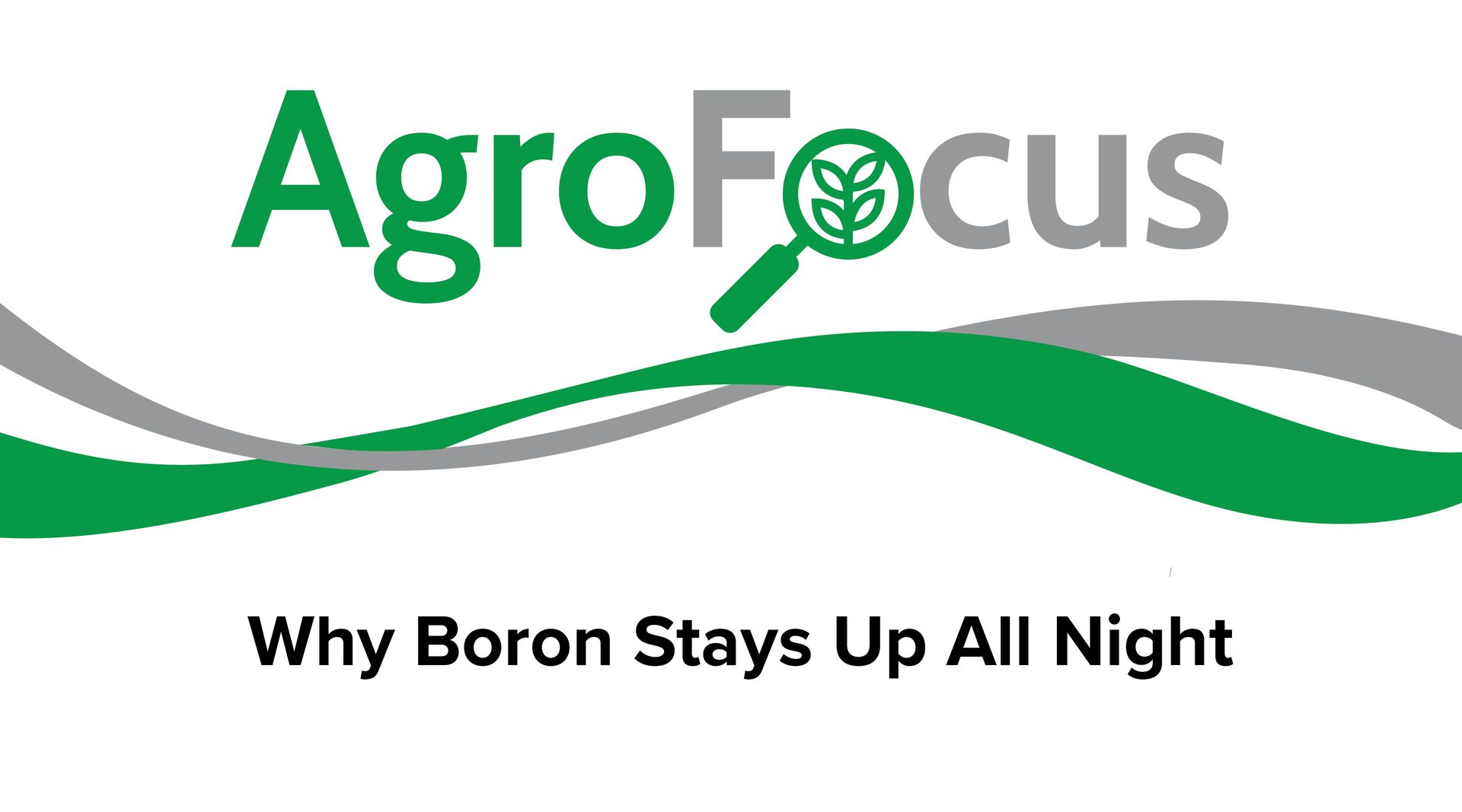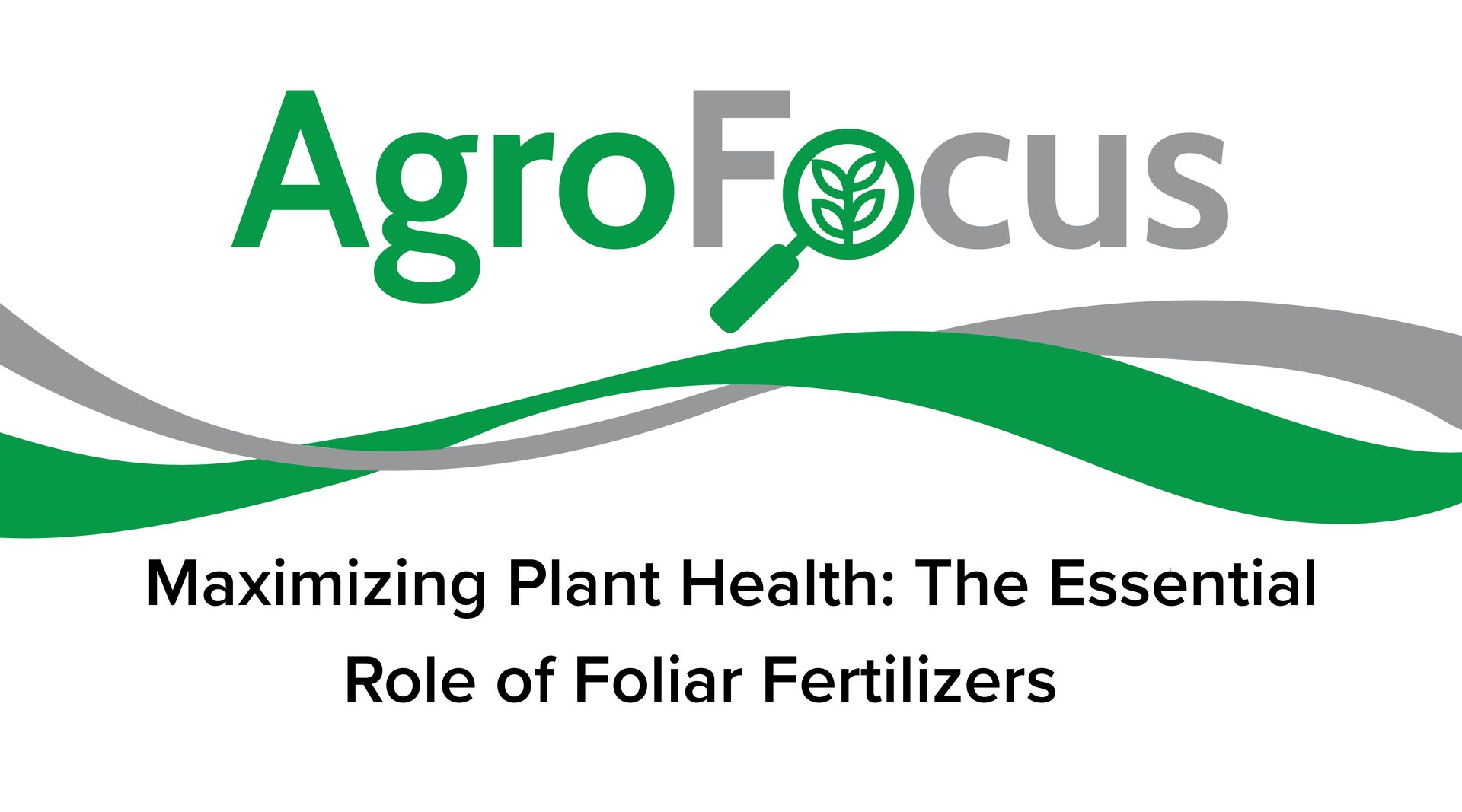Maximiser l'efficacité des engrais DEPUIS 1973
À PROPOS
ALPINE EST UNE DIVISION DE NACHURS ALPINE SOLUTIONS®.
DEPUIS 1946, NOTRE ENTREPRISE EST LE LEADER DE L'INDUSTRIE EN MATIÈRE DE TECHNOLOGIE DES ENGRAIS LIQUIDES NPK.
Depuis 1973, la marque ALPINE est le chef de file canadien en matière d'engrais liquides pour semis. Tous nos engrais de démarrage sont riches en orthophosphate assimilable pour favoriser une croissance rapide et précoce de toutes les cultures. Nous fabriquons et distribuons également une gamme complète d'engrais foliaires ainsi que des micronutriments pour application foliaire et au sol, comme le zinc, le manganèse, le bore, le cuivre et le molybdène.
Témoignages
« J'ai été très satisfait de ma première expérience avec ALPINE et le kit de démarrage. Le système était simple et intuitif à installer et à utiliser. La culture a germé très rapidement et uniformément. Cela nous a permis de couvrir davantage de superficies avec le semoir et d'obtenir d'excellents résultats. »
Producteur, Saskatchewan
Mon représentant commercial ALPINE a fait un travail remarquable en semant les parcelles ce printemps. Il a été très attentif à la finition des parcelles. Je serais ravi de collaborer avec ALPINE sur des parcelles à tout moment.
Jérémy Kenny, Synergie Ag
Les produits Alpine permettent à notre exploitation d'apporter les nutriments nécessaires aux cultures avec les semences et nous offrent une grande flexibilité avec notre semoir. Si les cultures ont besoin de nutriments en saison, nous pouvons ajouter des produits Alpine sans avoir à effectuer un autre passage. C'est facile à utiliser : la semis arrive sur place et c'est bon pour toute l'année.
Aleki Tomoniko, Manitoba

